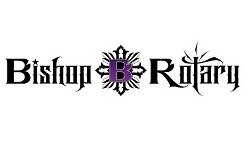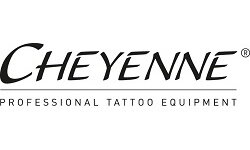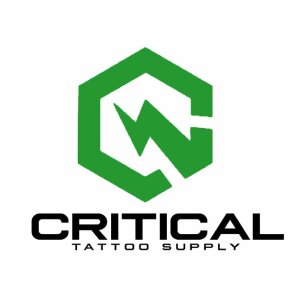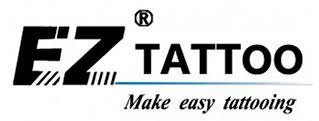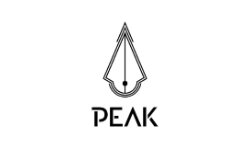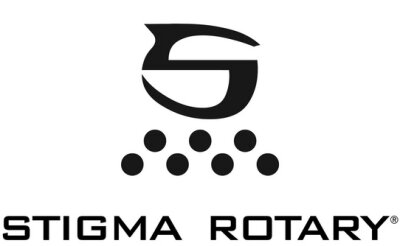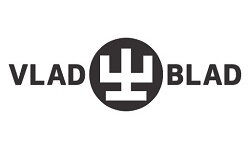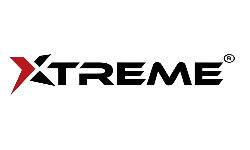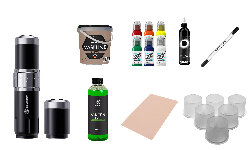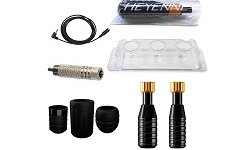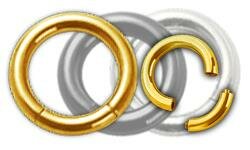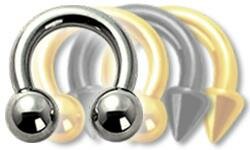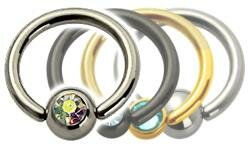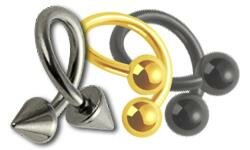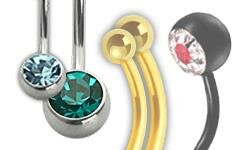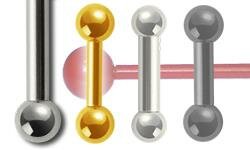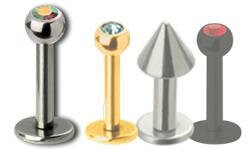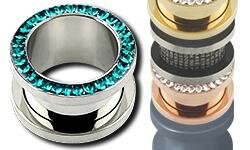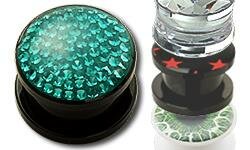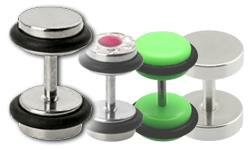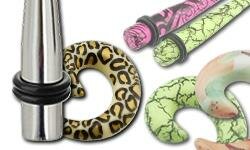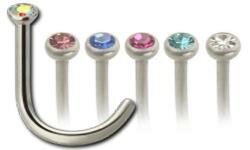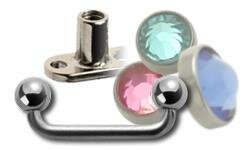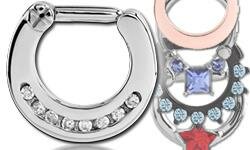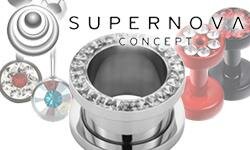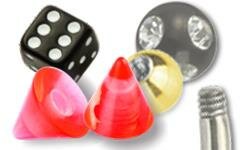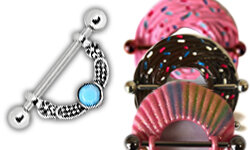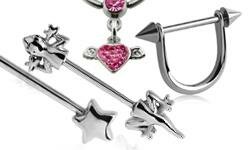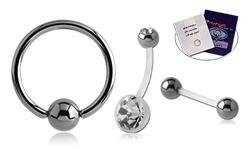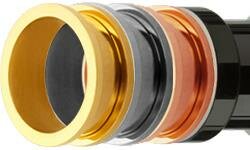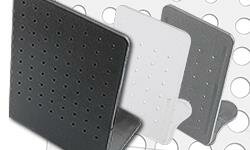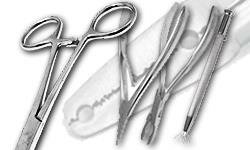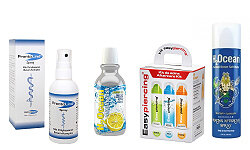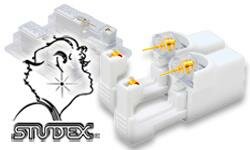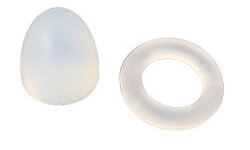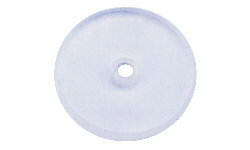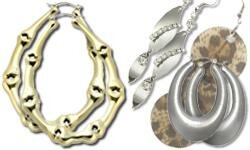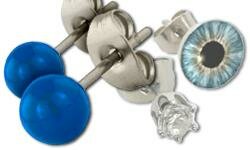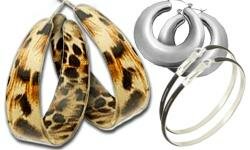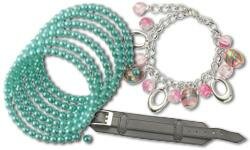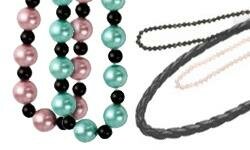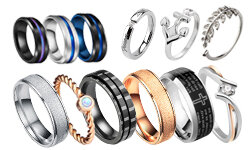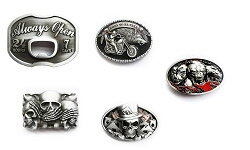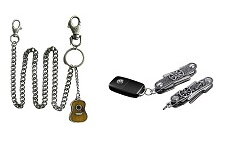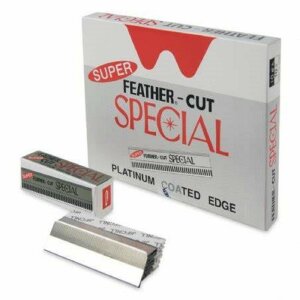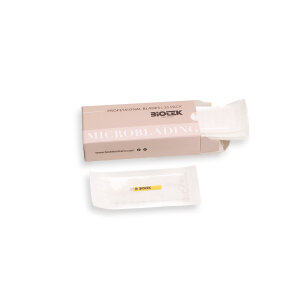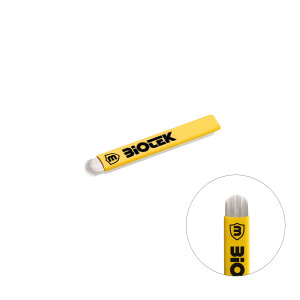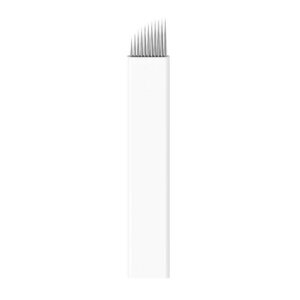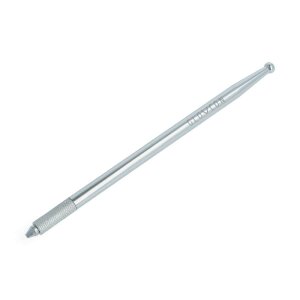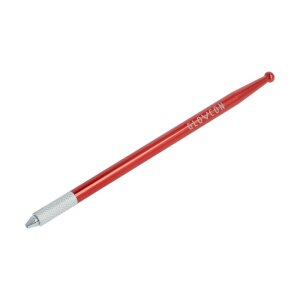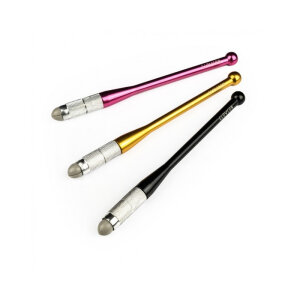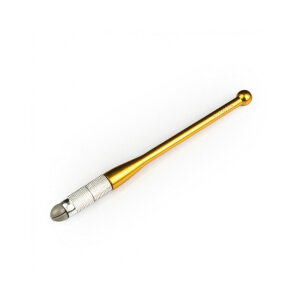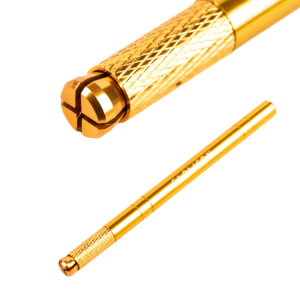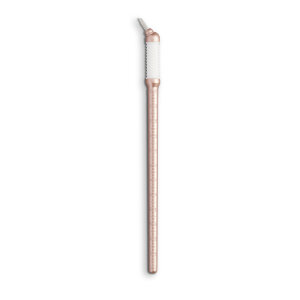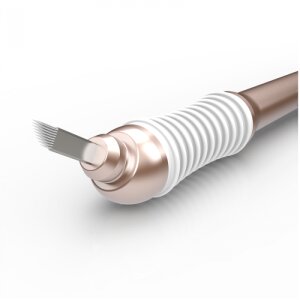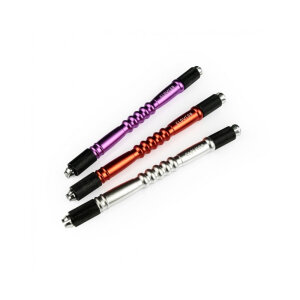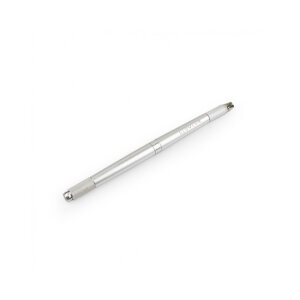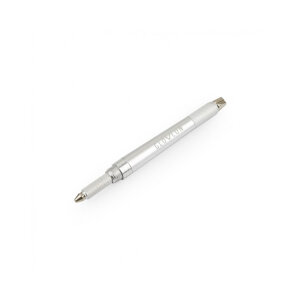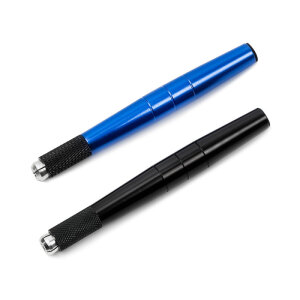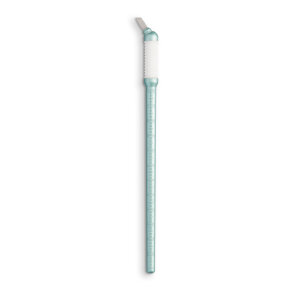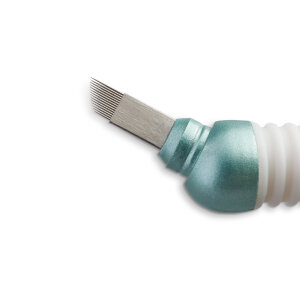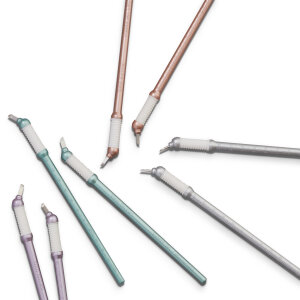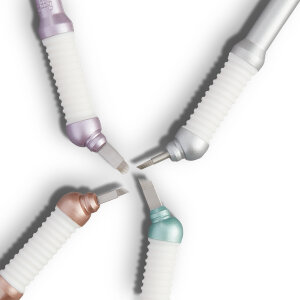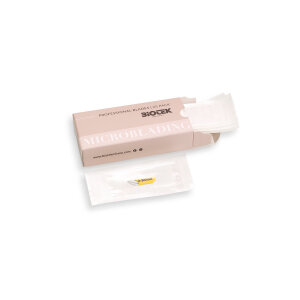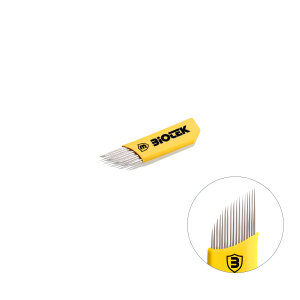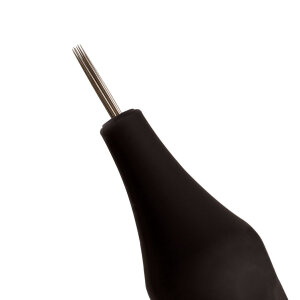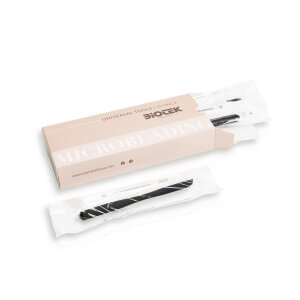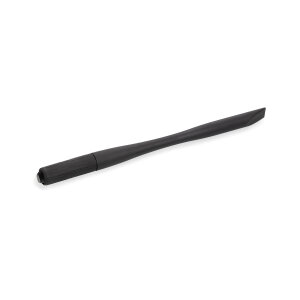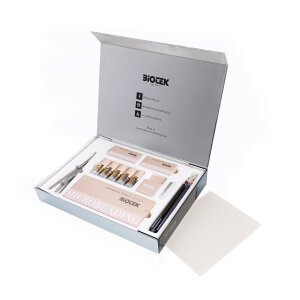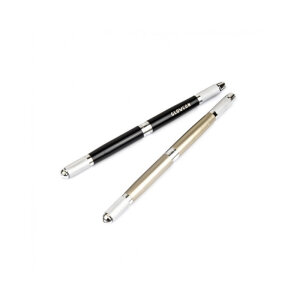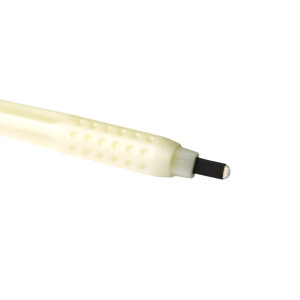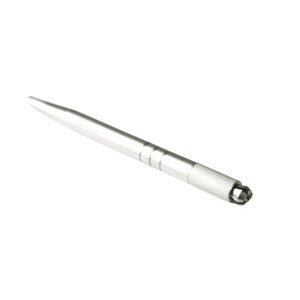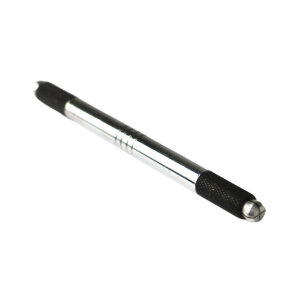Microblades & Microblading
Microblading is a popular form of semi-permanent makeup primarily used to make eyebrows look more natural and fuller. At the heart of this technique are the so-called microblades, special tools essential for this fine, precise process.
Microblading is a highly specialized, artistic technique that allows for the creation of natural and aesthetically pleasing eyebrows. The use of microblades requires skill, precision, and a deep understanding of skin anatomy and physiology. For clients seeking a natural enhancement of their eyebrows, microblading offers an effective solution but requires regular maintenance and touch-ups. As a semi-permanent form of makeup, microblading gives people the freedom and flexibility to tailor and adjust their appearance as desired.
What are Microblades?
Microblades are small, manually operated tools consisting of a series of microscopic needles arranged in a linear formation. These needles are so fine that they can create hair-like strokes in the top layer of the skin. Unlike a traditional tattoo needle, which deposits ink deeper under the skin, microblades only scratch the top layer of the skin, implanting the pigment close to the surface.
Application of Microblades
Microblading is mainly used for cosmetic eyebrow treatments. The technique is ideal for individuals looking to enhance or restore their natural eyebrows, whether due to over-plucking, hair loss, or as part of gender-affirming treatment. Microblading can also be used to correct minor irregularities in the eyebrows and give them a more even and fuller shape.
The Specialty of Microblading
The key to microblading lies in the artistry and precision of the application. The fine strokes made with microblades mimic the appearance of natural eyebrow hairs. This results in a very natural look that is barely distinguishable from real hair. Unlike traditional tattooing, where the color is permanently placed under the skin, microblading is semi-permanent. The pigments fade over time, usually within 18 to 30 months, requiring regular touch-ups.
Technical Aspects of Microblades
Microblades come in various shapes and sizes, depending on the desired outcome. The choice of microblade depends on the desired thickness and shape of the eyebrow strokes, the client's skin type, and the artist's preferred technique. It is important for microblading professionals to be familiar with a variety of blades to achieve the best results for each individual client.
Safety and Hygiene
As with all procedures that penetrate the skin, strict adherence to hygiene standards is essential when applying microblading. Microblades should be sterile, and a new blade should be used for each client to prevent cross-contamination. PMU artists must also be trained in first aid and in dealing with risks of blood contamination.







 Black
Black White
White Grey
Grey Brown
Brown Red
Red Yellow
Yellow Pink
Pink Skin Tones
Skin Tones Orange
Orange Violet
Violet Green
Green Blue
Blue


